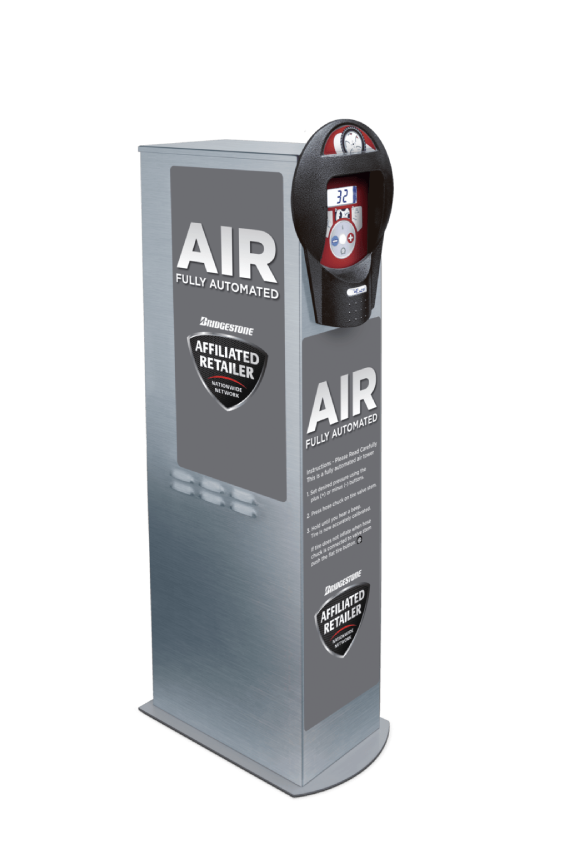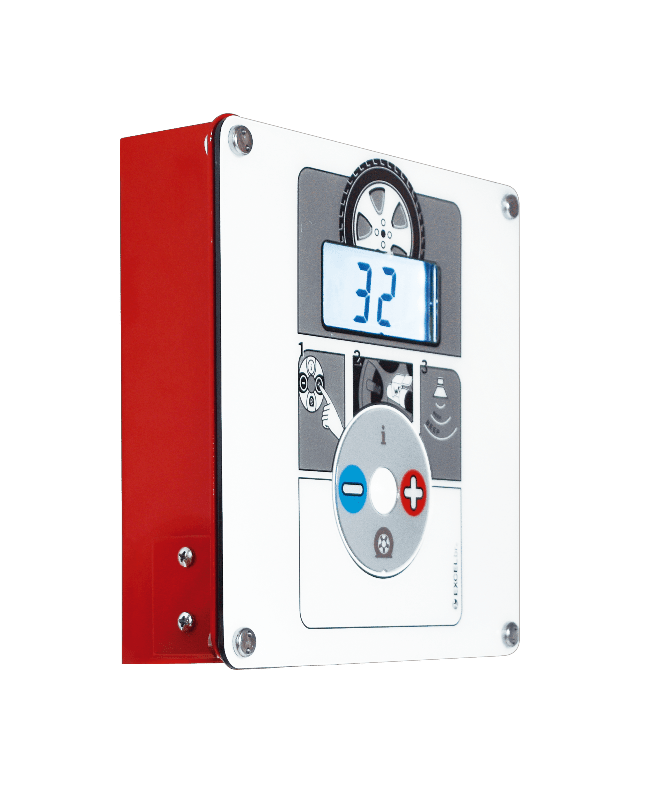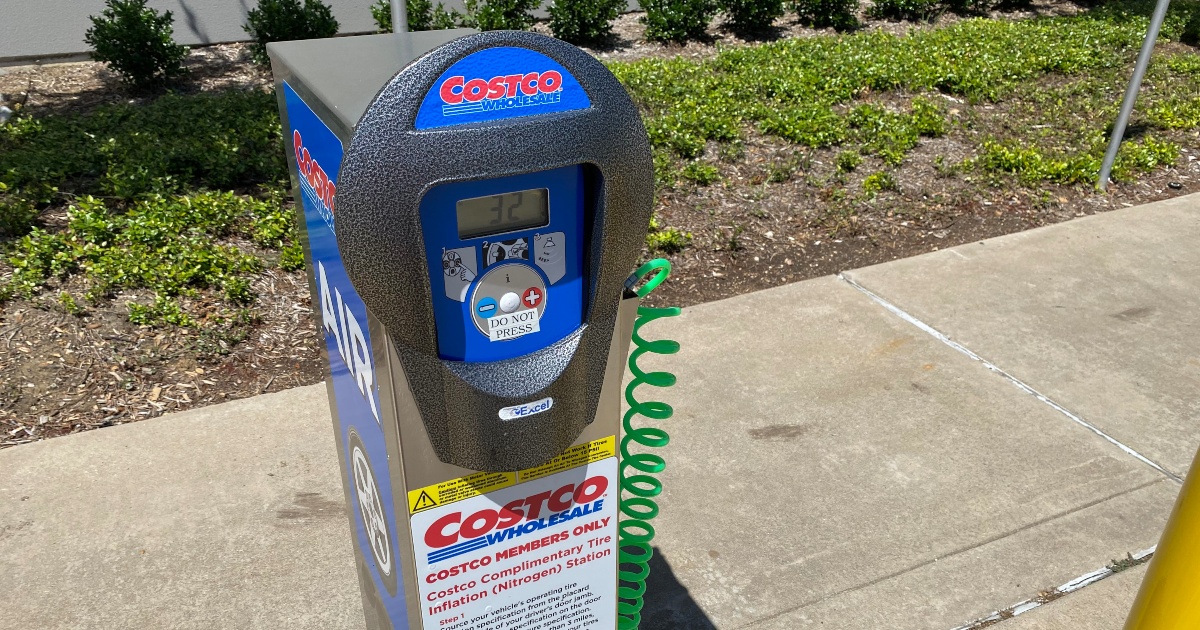I'm with
@Marsh25. First off: If there's oxygen and water vapor in the air in the tire, then the two of them will conspire to corrode metals and degrade rubber.
And, yeah, a N2 molecule is slightly larger than an O2 molecule, so the O2 will leak out a bit more. But, having said all that,
Let's Get Real.
I want you guys to remember the Gas Equation: Pressure*Volume = number_of_moles * fudge_factor * Degrees in Kelvin. That equation works over a ridiculously wide range of temperatures, right down to the point where the gases in question start turning into liquids. Or get so hot they either burst the tire or turn into plasma.
So, suppose that the outside temperature ranges from 100F down to -20F, which would be OK for somebody living in New Hampshire or Maine over a year's time. Converting to Celsius, that would be a range of 37.7C down to -28.89C.
Do a little algebra: We get P1/P2 = T1/T2, where the temperatures are in Kelvin. Degrees Kelvin = Degrees Celsius+273.15. So, we get:
P1/P2 = (37.7+273.15)/(-28.89 + 273.15) = 1.27.
So, suppose it's 100F out. You put enough air into the tires to give you P1 = 45 psi. Now.. Don't Add Air. Make Up An Excuse Why The Tires Aren't Leaking. At -20F, the pressure in the tires will drop to 45/1.27 = 35.4psi.
Or, alternatively, suppose the outside temperature is -20F. Fill up the tires until they're at 45 psi. Wait for the outside temperature to hit 100F; and the tire pressure will be 45*1.27 = 57.2 psi. Whoops!
Now, go look at that CU article link. They filled up some $RANDOM tires to 30 psi. One year later, the nitrogen filled tires dropped 2.2 psi; the "normal air" filled tires dropped 3.5 psi.
Cute: But blow that for a lark. A real person would have to add air as it got colder because the tire would lose 10 psi as it chilled, more with a little leakage. And, if it got hotter, up the pressure would go by 10+ psi, so one would have to
let air out. I check my tires once every couple of weeks or so, and before any lengthy trips. Just How Often Is One Supposed To Show Up At The Shop That Has A Nitrogen Tank?
So, why do race car drivers use dry nitrogen? Because they're blinking
race cars. They running around the track at ridiculously high speeds, screetching wheels on the turns, braking like mad into the turns, leaving rubber marks behind as they accelerate, and flexing the sidewalls like there's no tomorrow. Those tires aren't just going to run hot; they're going to blister and die, and there's
reasons why, when one watches a pro race, they're swapping out tires like there's no tomorrow.
The tires are barely lasting any length of time; but, if one blows out, That's That. What do you think is going to happen to rubber when it gets burns-the-fingers-hot and there's water and oxygen inside? The rubber's going to deteriorate, that's right.
But what about us
normal drivers? I dunno about you guys, but I expect that my tires are going to last at least 50k miles and, no, I'm not pushing 100 mph.
I hate to tell you all this, but, except for the actual hot-rodders and track people, Nitrogen Has No Benefit.
As it happens, besides being an engineer, I'm an
electrical engineer. And there's another crowd that's fallen for this kind of expensive hoo-ha: Audiophiles. And certain types of computer maniacs.
The next time you wander into Best Buy and see those audio cables that are gold or silver plated, and cost $2.50/ft and up, you're looking at another scam. Are there certain times when a silver plated surface helps with electromagnetic transmission? Sure - when one is at 200 MHz frequencies and up. Or playing around with microwaves. At anything below 100 kHz, crude, rude, basic copper, twisted pair speaker wire is
more than good enough.
Sheesh.






